
Iran is accelerating negotiations with China to acquire Chengdu J-10C multirole fighter jets. This move follows the collapse of a long-anticipated deal with Russia for Su-35 aircraft.
The decision comes in the aftermath of a 12-day conflict involving Israel and the United States, which exposed significant vulnerabilities within Iran’s air force and air defense systems. Tehran’s shift towards Beijing reflects an urgent effort to modernize its aging fleet amid rising regional tensions.
This development not only alters Iran’s military strategy but also highlights China’s expanding role as a defense supplier in the Persian Gulf, raising questions about the changing power dynamics in the region.
Iran’s air force, officially known as the Islamic Republic of Iran Air Force (IRIAF), has struggled for years to maintain operational readiness. According to the Military Balance 2025, Iran possessed approximately 150 fighter jets before the recent conflict, but the majority are outdated models from a previous era.
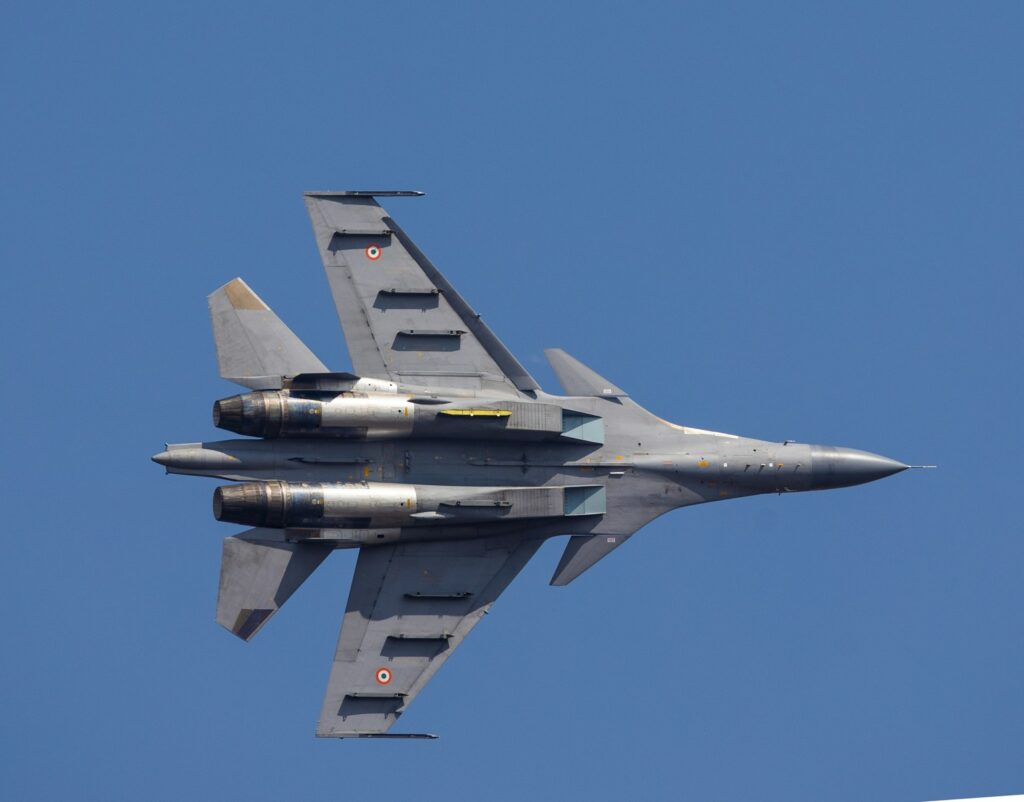
The backbone of Iran’s fleet consists of American-made aircraft acquired before the 1979 Islamic Revolution, including 64 F-4 Phantom II jets, 35 F-5E/F Tiger II fighters, and 41 F-14A Tomcats. Additionally, Iran operates 18 MiG-29A/UB jets obtained from the Soviet Union in the late 1980s and early 1990s.
Most of these aircraft suffer from maintenance challenges, with many considered non-operational due to a shortage of spare parts and technical expertise. To sustain a portion of its fleet, particularly the F-14 Tomcats, Iran has relied heavily on reverse engineering and cannibalization.
The deficiencies in Iran’s air capabilities were starkly revealed during the recent 12-day conflict that began on June 13, 2025. Israel’s Operation Rising Lion, deploying F-35 stealth fighters and F-15 strike aircraft, effectively overwhelmed Iran’s air defenses and targeted key nuclear facilities at Fordow, Natanz, and Isfahan.

Iranian sources estimate that up to 30% of the IRIAF’s operational fleet was lost during the conflict, although exact figures have not been independently verified. Iran’s dependence on domestically produced surface-to-air missile systems, such as the Bavar-373, proved insufficient against Israel’s advanced electronic warfare capabilities and precision-guided munitions.
The conflict revealed that Iran’s air force, once a formidable regional power, is no longer able to contend with modern adversaries equipped with cutting-edge technology. This conclusion is reinforced by specific losses sustained during the fighting.
On the night of June 16th to 17th, Israeli forces conducted an airstrike near Tehran, targeting aircraft on the ground. The strike destroyed two US-made F-14 Tomcats as well as a drone-launch team preparing to attack Israel.
The Israeli Defense Forces (IDF) released footage showing the F-14s engulfed in flames, confirming the destruction of both aircraft. Brigadier General Effie Defrin, a spokesperson for the IDF, described the strike as “another loss of strategic weaponry for the enemy.

A satellite image captured by Maxar Technologies on June 17th at Mehrabad International Airport in Tehran revealed the two destroyed F-14s. One jet showed damage near the nose, while the other, positioned directly beside it, was reduced to a burned wreck.
These F-14s were deployed with the purpose of intercepting Israeli aircraft. Their destruction represents a strategic setback for Iran, as the F-14s are the last remaining Cold War-era US-built fighters in its fleet.
Although many of Iran’s F-14s are likely non-operational, their radar and surveillance avionics continue to provide valuable capabilities within Iran’s aging air force. The Middle East Forum has noted that Iran’s ability to maintain the F-14s has depended heavily on reverse engineering and cannibalization, a process that has kept only a small number operational.
Limited upgrades, including new avionics and radar systems, have been applied to some F-14s. Between 2022 and 2024, a few F-14s were still observed in flight, though there were also reports of crashes during this period.

Separately, on June 22nd, Israeli air forces conducted strikes on Dezful Airport in southwestern Iran. These attacks reportedly destroyed two Iranian F-5 fighter jets.
Footage released by the Israeli Defense Forces (IDF) confirmed the destruction of at least one aircraft. This incident marked the first loss of an operational unit of the Islamic Republic of Iran Air Force, as the jet was on standby under heightened combat readiness.
The targeted aircraft had short-range air-to-air missiles, resembling AIM-9s or their local equivalents, mounted on external wing pylons. It was also connected to a ground power unit cable, indicating it was undergoing pre-flight preparations.
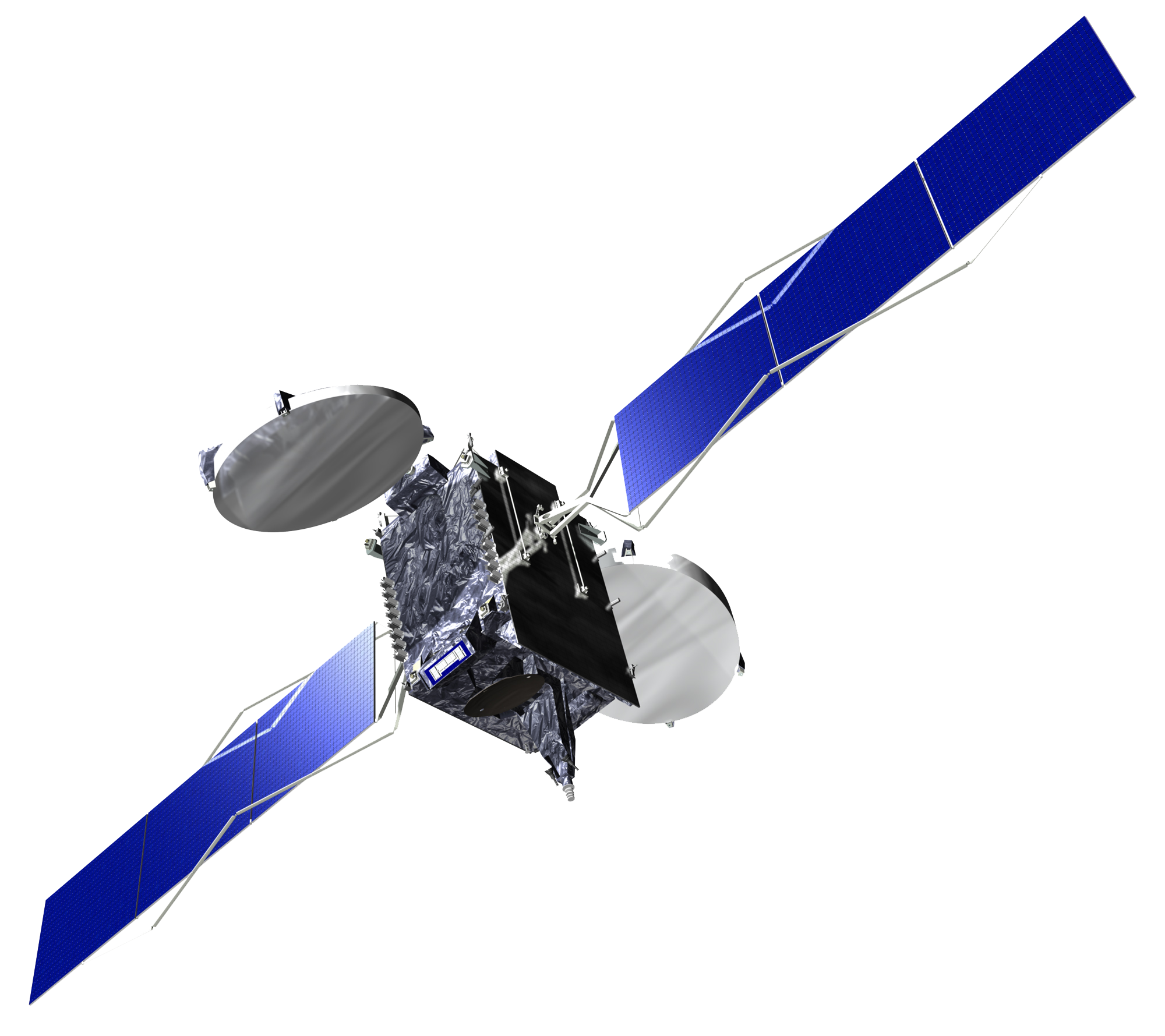
Satellite images from Maxar Technologies dated June 17th confirmed the deployment of a line of F-5s at Dezful Airport on combat alert. Two aircraft were connected to ground support equipment for pre-flight preparations, while another two were positioned on the runway.
Another pair of F-5 jets in the images appeared to be non-operational and stored in an improvised holding area. As of 2025, the Iranian Air Force’s fleet of combat-ready F-5s is estimated to number between 30 and 60 units.
These F-5 jets serve a support role in patrol and air defense missions where deploying the more powerful F-4 Phantom and F-14 Tomcat would be less practical. However, they have proven vulnerable to Israeli strikes.
The Israeli Air Force has previously targeted Iranian F-14 fighter jet parking areas at air bases in Tehran and Isfahan on at least two occasions. These earlier strikes resulted in the destruction of a total of five F-14 aircraft.
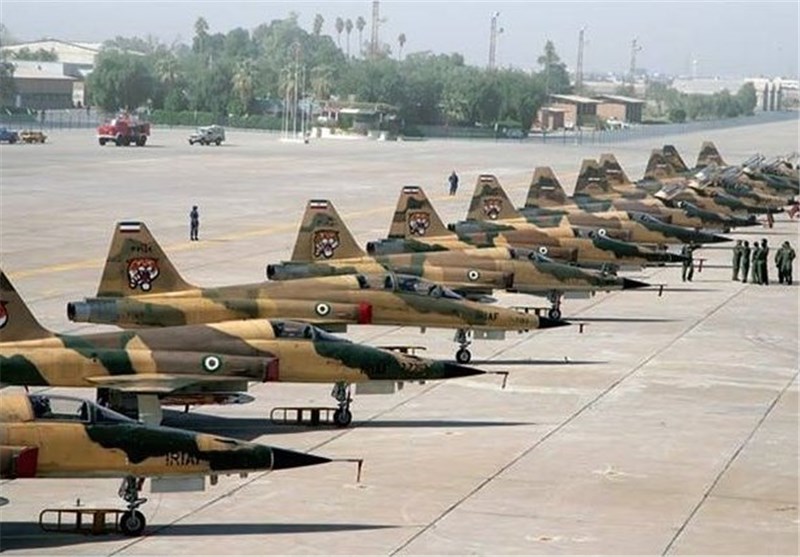
However, the jets targeted in earlier strikes were non-operational and had been stationary for years, as confirmed by satellite intelligence. This highlights the longstanding difficulties Iran has faced in maintaining its American-origin aircraft following the Islamic Revolution, which cut off access to spare parts and technical support.
Beyond the F-14s and F-5s, Israeli strikes have also targeted additional Iranian aircraft, including at least one aerial refueling tanker and eight attack helicopters since the commencement of its operation last Friday aimed at undermining Iran’s nuclear program.
Despite these losses, no significant damage to Iranian aviation was recorded aside from the F-5 and F-14 strikes by the end of the first week of the Israeli air campaign. This can be attributed to Iran’s proactive relocation of all operational aircraft to underground shelters and bases located in the eastern part of the country.
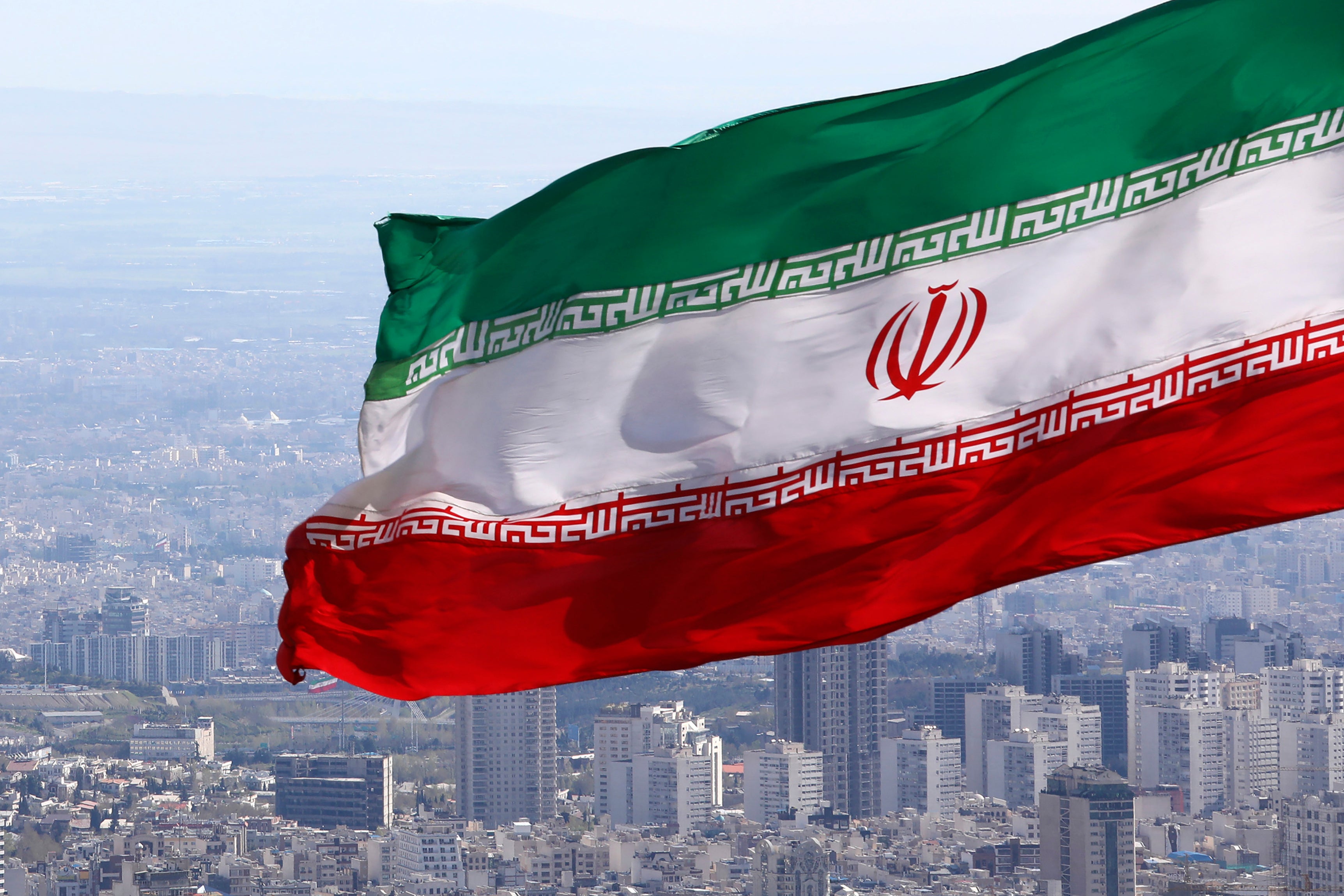
Iran’s decision to pursue the acquisition of the J-10C is driven by a combination of geopolitical and economic factors. In 2023, Iran finalized an agreement with Russia to purchase two dozen Su-35 Flanker-E jets, with deliveries scheduled to begin that spring.
However, Russia’s ongoing war in Ukraine has placed considerable strain on its defense industry, causing significant delays. By March 2025, reports indicated that the Su-35s initially intended for Iran had been redirected to Algeria, leaving Tehran without the expected deliveries.
The National Interest observed that Moscow’s prioritization of its own military requirements has compelled Iran to seek alternative suppliers. In this context, China has emerged as the most viable option.
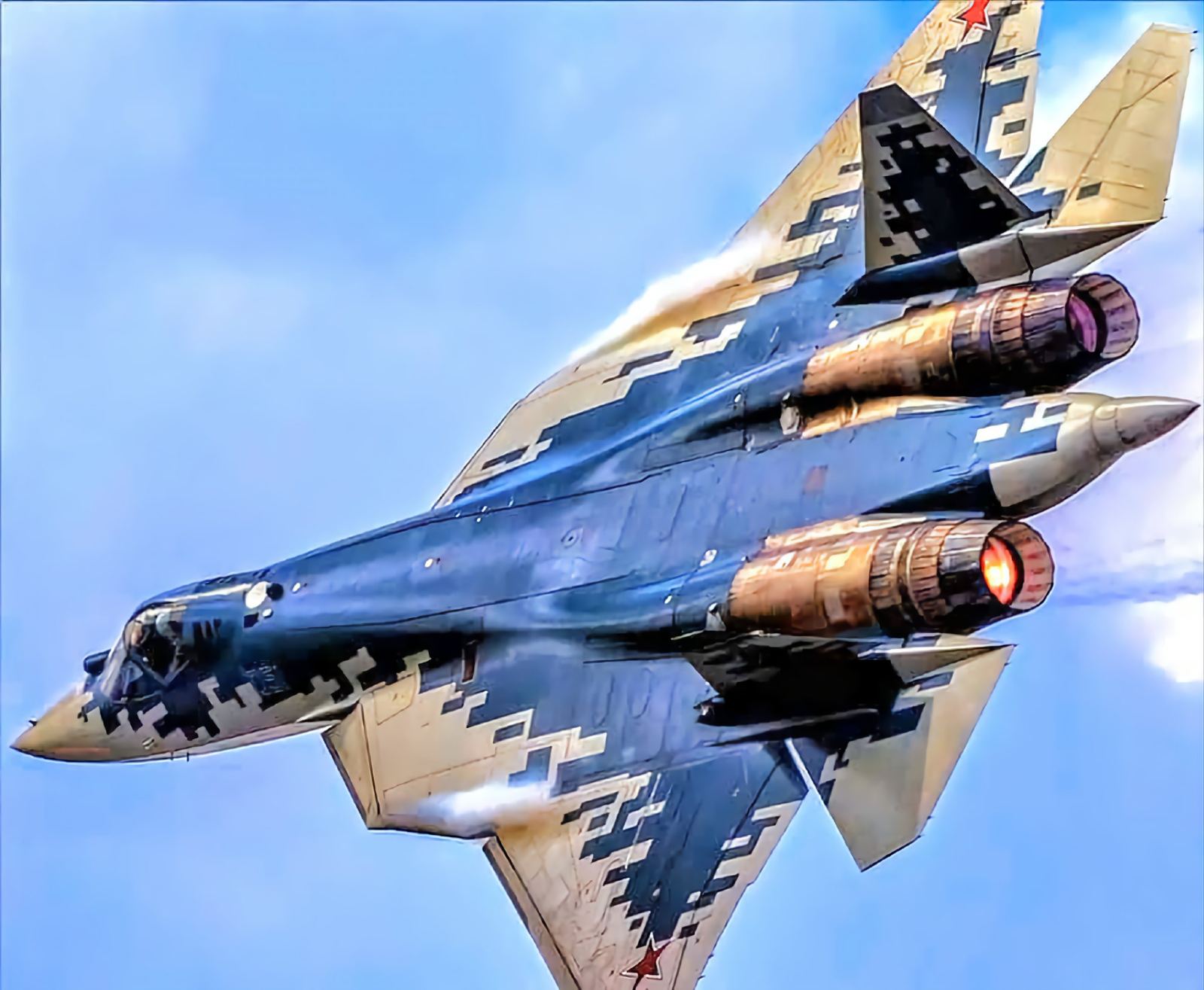
The delivery of the Su-35s remains uncertain for Iran, despite Russia having already supplied the Yak-130 trainer aircraft, which Iran also purchased in 2023.
Following Israeli Defense Forces (IDF) strikes and ongoing delays from Russia, Iran is reportedly exploring alternative options. Notably, Iran had expressed interest in the J-10 previously, lending credibility to recent speculations.
In November 2024, Iran’s Air Force chief, Brigadier General Hamid Vahed, was observed inspecting the Chinese J-10C during a visit to the Zhuhai Air Show. This visit fueled speculation that Tehran might seek to acquire the aircraft.
During the event, Vahed evaluated the capabilities of the J-10C and met with his Chinese counterpart, General Chang Dingqiu, to discuss potential areas of cooperation between the two air forces. Pro-Iranian analysts have suggested that the J-10C represents a viable option for Iran in terms of both capability and cost.

A prominent Iranian outlet, Iran Observer, noted on X (formerly Twitter) that “with a price tag of $40 million per unit, 100 J-10s would cost $4 billion. The J-10s surpass the F-16s in terms of weaponry and flight performance.”
Previous reports from 2021 indicated Iran’s interest in acquiring 36 J-10Cs through a barter arrangement involving oil and natural gas. However, China was reportedly hesitant to sell the fighter jets at that time due to concerns over U.S. sanctions and Iran’s inability to make cash payments.
A significant development took place on June 24, 2025, when the United States lifted sanctions on China’s purchase of Iranian oil. This decision facilitated renewed negotiations regarding the J-10C deal.
Tehran had earlier proposed trading oil and gas in exchange for the aircraft, a proposal Beijing rejected due to its preference for cash payments. The easing of sanctions has removed this obstacle, allowing Iran to utilize its oil revenues to finance the acquisition.
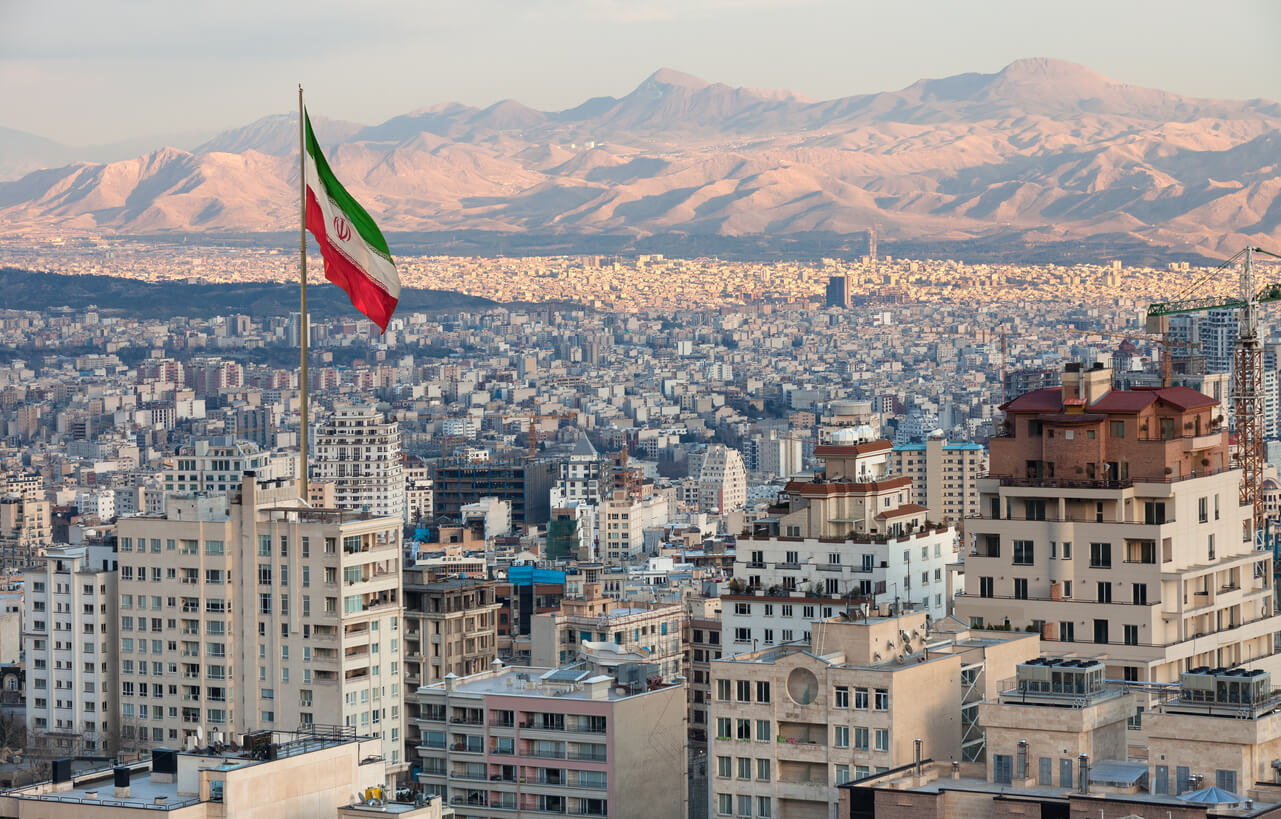
According to Kommersant, ongoing negotiations have been scaled down from an initial target of 150 aircraft to a more modest procurement of 36 units. This adjustment reflects both Iran’s financial limitations and China’s measured stance on large-scale arms exports.
The Chengdu J-10C, known as the “Vigorous Dragon,” is a single-engine, multirole fighter developed by China’s Chengdu Aerospace Corporation. Classified as a 4.5-generation aircraft, it offers performance and affordability comparable to the American F-16V and Sweden’s Gripen E.
Featuring a sleek delta-wing configuration with canard foreplanes, the J-10C is engineered for high maneuverability in both air-to-air and air-to-ground operations. One of its most advanced components is the KLJ-7A Active Electronically Scanned Array (AESA) radar, which significantly enhances target detection and tracking compared to legacy mechanically scanned radar systems.
The fighter is capable of deploying a range of precision-guided munitions, including the PL-15 air-to-air missile, which reportedly has a range exceeding 200 kilometers. This capability places it on par with Western counterparts such as the AIM-120D AMRAAM.

In the field of electronic warfare, the J-10C is outfitted with advanced countermeasure systems, including infrared decoys and chaff dispensers, designed to evade radar detection and missile guidance. The aircraft is also capable of performing Suppression of Enemy Air Defenses (SEAD) and Destruction of Enemy Air Defenses (DEAD) missions, which are essential for penetrating and neutralizing modern integrated air defense systems.
Despite these features, the J-10C’s electronic warfare capabilities remain largely untested in high-intensity combat scenarios, particularly against adversaries such as Israel that employ multi-layered defense architectures and advanced jamming technologies. Integration with Iran’s existing radio-electronic warfare systems, including the domestically developed Karrar drone, is theoretically possible and could enhance operational coordination.
However, significant technical challenges persist, primarily due to incompatibilities between Chinese and Iranian technological frameworks. Compared to the Russian Su-35, which Iran previously sought to acquire, the J-10C presents several distinct advantages in terms of affordability, availability, and potential for modular upgrades.

With a unit cost estimated between $60 million and $90 million, the J-10C is significantly more affordable than the Su-35, which can exceed $100 million when outfitted with a full suite of weapons. The J-10C’s single-engine configuration contributes to lower maintenance costs, although this comes at the expense of reduced thrust and payload compared to the twin-engine Su-35.
The aircraft’s compatibility with modern network-centric warfare systems makes it a more adaptable platform for Iran’s operational requirements, particularly in scenarios that demand rapid response to regional threats. Chinese pricing between $40 million and $50 million per unit further enhances the J-10C’s appeal to countries seeking to modernize their air forces without imposing excessive financial strain—a particularly attractive proposition for a financially constrained Iran.
The J-10C gained increased attention following Pakistan’s claims that its units, armed with long-range PL-15E missiles, shot down three Indian Air Force Rafale fighters during a four-day conflict in May 2025. Although these claims remain unverified, they have been widely circulated in Chinese media and used by state officials to promote the J-10C’s export potential.
Despite being showcased as a symbol of China’s advanced fighter aircraft development, the J-10C has only been exported to Pakistan. Efforts to expand its international market presence have yet to yield significant success. A potential Iranian acquisition would thus represent a strategic opportunity for both Tehran and Beijing.
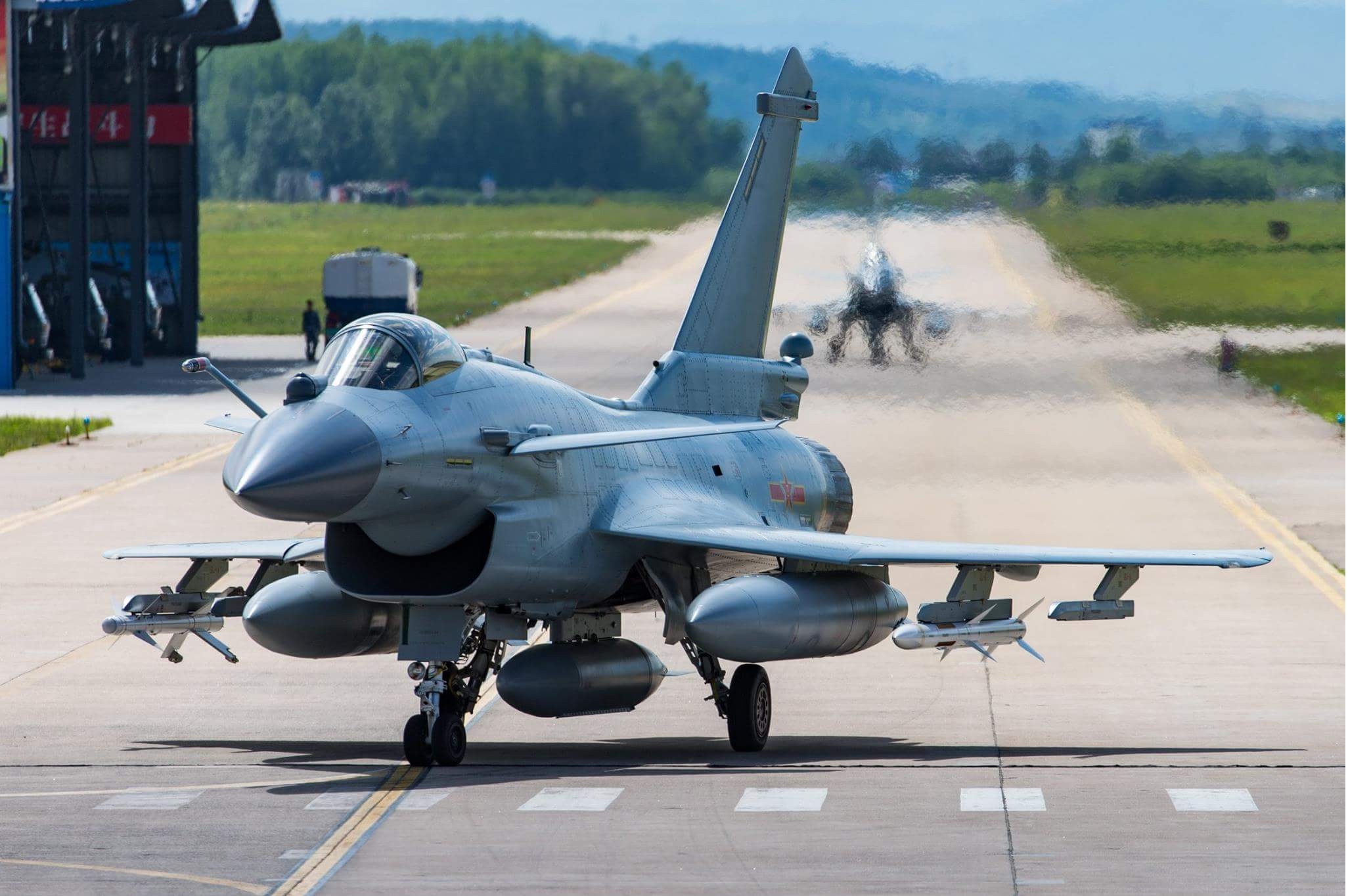
The J-10C is frequently compared to upgraded variants of the US F-16 Fighting Falcon, which is also in service with the Israeli Air Force. Like the F-16, it employs a fly-by-wire flight control system that uses a computer to stabilize its highly maneuverable and aerodynamically unstable airframe.
The J-10C is equipped with an indigenous Active Electronically Scanned Array (AESA) radar, the WS-10B turbofan engine, the imaging infrared seeker (IIR) PL-10 short-range missile, and the PL-15 long-range air-to-air missile. It offers advanced capabilities across a broad mission spectrum, including electronic warfare, a computerized glass cockpit, high-precision air-to-ground strikes, beyond-visual-range (BVR) combat, and in-flight refuelling.
The aircraft also incorporates a forward-looking infrared (FLIR) and laser target designator pod, designed to enhance the effectiveness of satellite-guided and laser-guided munitions.
China’s growing footprint in the global arms market contributes to Iran’s strategic reorientation. Unlike Russia and the United States, which have traditionally dominated weapons sales in the region, China offers cost-effective and combat-proven platforms such as the J-10C and JF-17, making them increasingly attractive to countries like Iran.

The success of these aircraft in Pakistan’s air campaign against India has enhanced China’s credibility as a defense supplier. According to Newsweek, Chinese commentators have argued that Iran’s air defense systems might have performed more effectively had they been equipped with Chinese weaponry. This perspective reflects Beijing’s broader ambition to challenge Western dominance in the global arms market.
The J-10C attracts interest due to its combination of affordability and advanced technology. Its AESA radar and PL-15 air-to-air missiles represent a significant technological advancement for countries that lack access to Western platforms such as the F-35 or Rafale.
China’s defense export strategy extends beyond aircraft sales. It also includes the promotion of integrated air defense systems, such as the Hongqi series, which could augment Iran’s current capabilities. Nevertheless, dependence on Chinese technology presents potential risks, including limitations related to software updates and uncertainties surrounding long-term maintenance and logistical support.

These restrictions could significantly constrain Iran’s operational autonomy. China’s established practice of limiting access to software source codes and system interfaces in arms sales to other countries raises additional concerns in the Iranian context.
Without comprehensive access to the J-10C’s software architecture, Iran may face difficulties in making indigenous modifications or integrating the platform with its existing command, control, and communication systems. The financial burden of constructing compatible infrastructure could be substantial, potentially diverting critical resources from other strategic defense projects.
Integrating the J-10C into Iran’s air force also presents considerable logistical and operational challenges. The Islamic Republic has no prior experience with Chinese-built combat aircraft, which differ markedly from its legacy fleets of American and Russian origin.
Creating a new ecosystem to support the J-10C—including supply chains for spare parts, pilot training programs, and a dedicated maintenance and repair framework—will demand significant investment. According to the Middle East Forum, Iran’s capacity to maintain the J-10C in combat-ready status will be heavily contingent upon China’s willingness to provide sustained support, a commitment that remains uncertain due to Beijing’s historically cautious stance on technology transfers.

The acquisition of 36 J-10C jets could significantly strengthen Iran’s air defense capabilities. Equipped with the PL-15 missile, which boasts an extended engagement range, and an advanced radar system, the J-10C would enhance Iran’s capacity to intercept hostile aircraft at greater distances, particularly those operated by the Israeli Air Force.
This improved reach may serve as a deterrent against future airstrikes similar to those seen during the recent conflict. The aircraft’s multirole design also enables it to carry out precision strikes on ground targets—an essential capability for Iran, which currently relies on its aging fleet of F-4s for such missions.
Nonetheless, the limitations of the deal are clear. Even if all 36 aircraft are delivered in a timely manner, the acquisition is insufficient to replace the broader fleet of outdated IRIAF platforms or to narrow the technological gap between Iran’s air force and Israel’s advanced F-35 and F-15 fighters. The recent 12-day war exposed deeper vulnerabilities in Iran’s defense posture, including the absence of a fully integrated air defense network and deficiencies in pilot training.

Israeli strikes on Iran’s nuclear facilities have highlighted the effectiveness of coordinated electronic warfare and stealth operations—domains in which Iran remains significantly underdeveloped. While the J-10C represents a considerable upgrade, it is not capable of resolving these deeper, systemic shortcomings.
Iran’s prospective acquisition of the J-10C is expected to draw the attention of its regional adversaries. Israel, which sustains its air superiority through a fleet of F-35s and F-15s, may respond by accelerating efforts to expand its stealth capabilities.
According to CNN, Israel is already engaged in negotiations with the United States for additional F-35 aircraft in response to emerging regional threats. The Israeli Air Force’s ability to penetrate Iranian airspace during the recent conflict indicates that, while the J-10C would enhance Iran’s capabilities, it is unlikely to significantly shift the strategic balance.

Saudi Arabia and the United Arab Emirates, both key allies of the United States, are also likely to respond to Iran’s procurement of the J-10C. Saudi Arabia operates advanced F-15SA fighter jets, while the UAE has recently acquired French Rafale aircraft.
The potential deployment of J-10Cs by Iran could prompt these Gulf states to further invest in advanced platforms, such as the American F-15EX or the European Eurofighter Typhoon, in an effort to preserve their strategic edge. This development increases the risk of an arms race in the Persian Gulf, with broader implications for regional security and stability.
Iran’s decision to pursue the Chengdu J-10C also raises questions regarding alternative options that may have been under consideration. Among them is the Sino-Pakistani JF-17 Block III, which features the same AESA radar and is compatible with the PL-15 air-to-air missile, offering similar capabilities at a lower cost.
With an estimated price of approximately $30 million per unit, the JF-17 is a joint venture between Pakistan and China that provides a cost-effective platform. According to reporting by the Middle East Forum, Iran had previously shown interest in acquiring the JF-17, likely due to its affordability and technological features.

However, financial limitations or the J-10C’s perceived operational advantages may have influenced Tehran’s decision to pursue the more expensive platform. Another potential course of action would have been to invest in a deeper modernization of Iran’s current fleet, including its aging F-14 Tomcats.
While limited upgrades have been implemented, the complexity and cost of reverse-engineering and maintaining these decades-old American aircraft may have outweighed the strategic benefits, especially when compared to acquiring newer platforms such as the J-10C.
Whether Tehran can afford to simultaneously acquire and sustain both the Su-35 from Russia and the J-10C from China remains uncertain. Under current conditions, such a dual procurement strategy appears unlikely due to financial pressures, logistical burdens, and broader strategic limitations.
The J-10C, in this context, may offer a more practical, faster, and cost-efficient solution for Iran. Its proven operational record, lower acquisition and maintenance costs, and the reliability of China’s supply chain all contribute to its appeal. However, the potential cancellation of the Su-35 agreement—considered a high-profile transaction with Russia, one of Iran’s most important strategic partners—would likely strain Tehran’s relationship with Moscow.
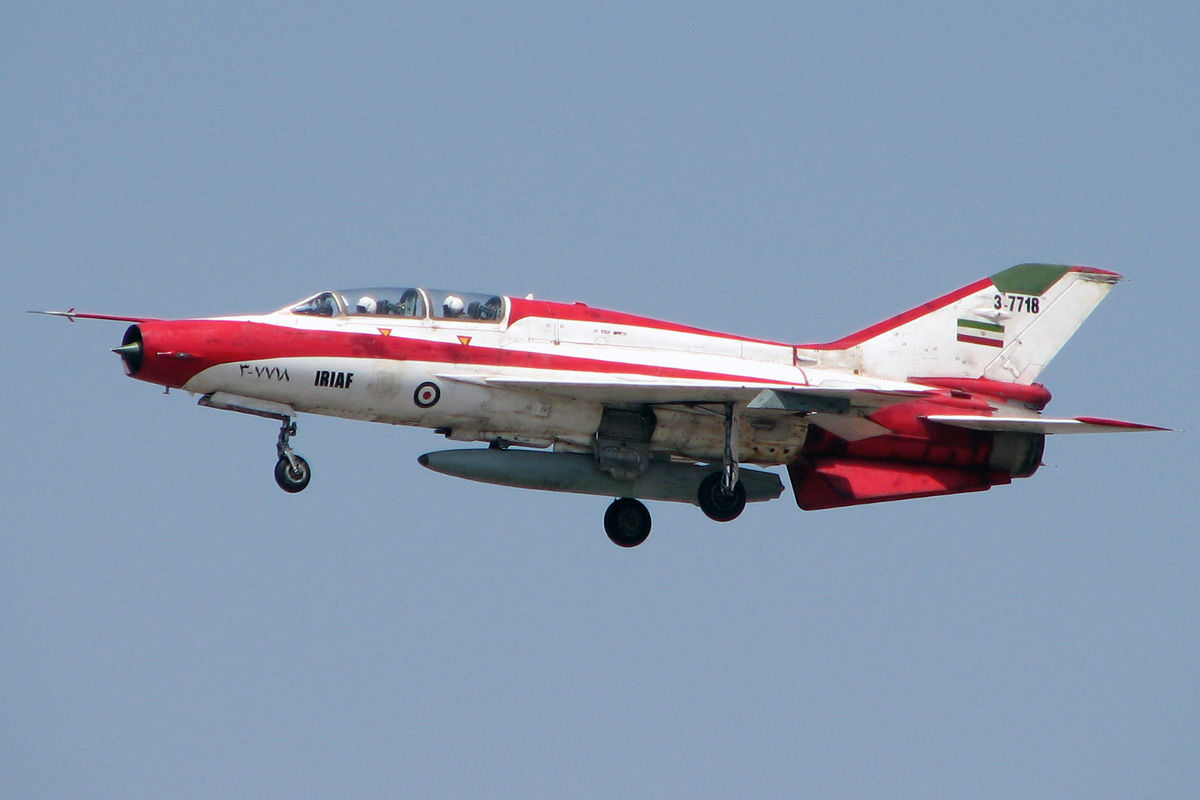
Iran’s pursuit of the Chengdu J-10C represents a significant step toward modernizing its beleaguered air force, driven by the harsh lessons learned during the 12-day war with Israel and the United States. The J-10C’s advanced radar, long-range missiles, and multirole capabilities constitute a considerable improvement over Iran’s aging fleet, potentially enhancing its capacity to counter regional threats.
However, the planned acquisition of only 36 jets, combined with inherent logistical challenges and ongoing regional rivalries, indicates that Iran’s air force will likely remain at a disadvantage when facing adversaries such as Israel. Meanwhile, China’s expanding role as a defense supplier introduces a new factor into the geopolitical dynamics of the Middle East.
Whether Iran can overcome its systemic weaknesses to successfully integrate this new capability remains uncertain. The question persists as to whether the J-10C will fundamentally shift the balance of air power in the region or primarily serve as a stopgap in Iran’s long-term efforts to achieve air superiority.



